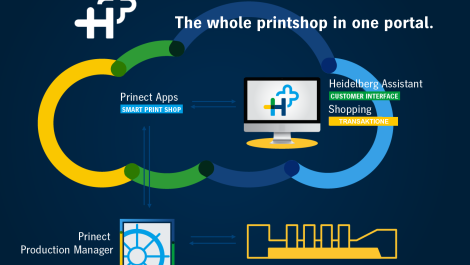A number of very large industry associations are arguing for carbon markets at the COP21 meeting in Paris. The reasons for a global carbon market are compelling, however they tend to be based on a somewhat fragile premise: accountability, according to universal principles.
A global carbon pricing model generally assumes that a conventional cap and trade model works and that industries can be managed according to emissions expectations. For the graphics industry, as for many others, capturing emissions data specific to the sector and deciding how to allocate permits requires an enormous effort. And who would take responsibility for that work?
Cap and trade works along pretty simple lines. Governments of countries who signed up to the Kyoto agreement agreed to limit national emissions. In order to meet their caps, governments sell permits to companies who by the nature of their businesses have to pollute. This includes coal fired power stations, oil refineries and the like. The companies who need to pollute more than their allocation, can buy permits for excess emissions from the companies who find they do not need to pollute so much. The idea is that capping emissions will encourage more environmentally friendly production, creating a market for carbon permits. The market develops so that the price of permits varies as companies become more energy and waste efficient, and so more environmentally friendly. The European Union Emissions Trading Scheme founded in 2005 isn’t working too well, but is still the world’s biggest and most developed carbon market.
The problem is that it is all so very complicated. Governments undertake emissions reduction targets, set up permit schemes and trust big industry to be accountable. But change will come only when small businesses are also involved, since most businesses, such as printing and publishing, employ less than twenty people. These are the companies who should be encouraged to cut their carbon footprints.
However in the graphic arts industry we have no formal body responsible for collecting carbon footprinting data. Worse still is the lack of recognition, even ignorance that prevails in some of the biggest graphics markets. Some industry associations such as Japan’s are outstanding because of how much they do. Others, such as the UK’s take a Neanderthal position and, worse still, distance themselves from taking responsibility for helping fix the problem. This is a disservice and short sighted because carbon footprint reduction measures improve business efficiency and profits as well as environmental impact.
Carbon markets are necessary if countries are to be able to fulfil their carbon footprint reduction commitments. But as an industry we must have a mechanism for accounting for our emissions. The graphics industry needs its associations to keep their members informed and aware of where the green debate is heading and about how to participate in the conversation.





